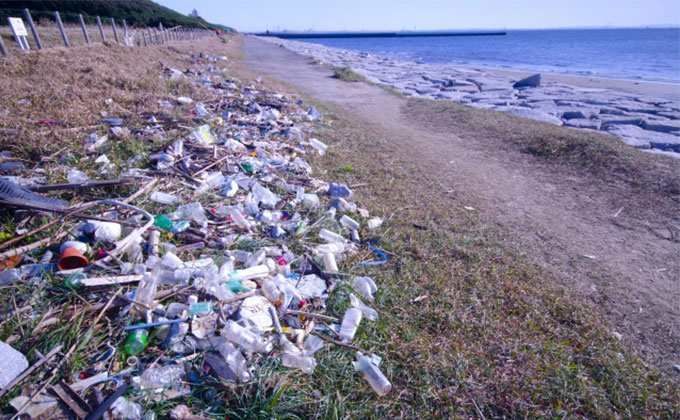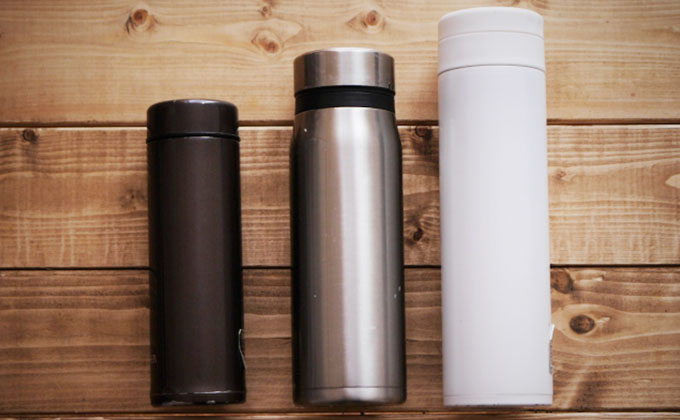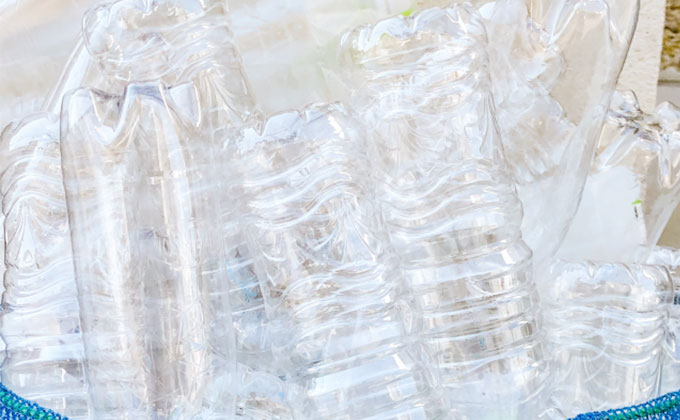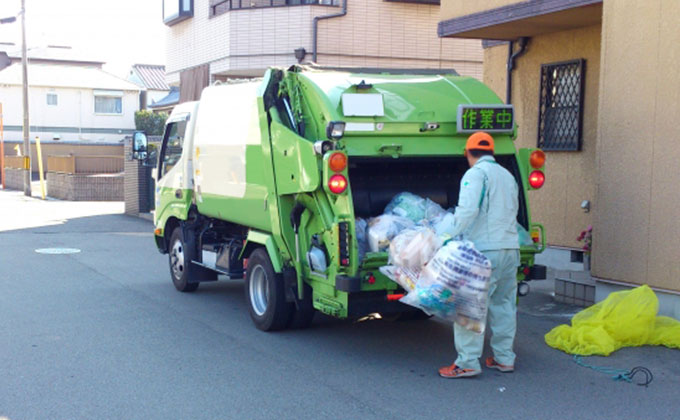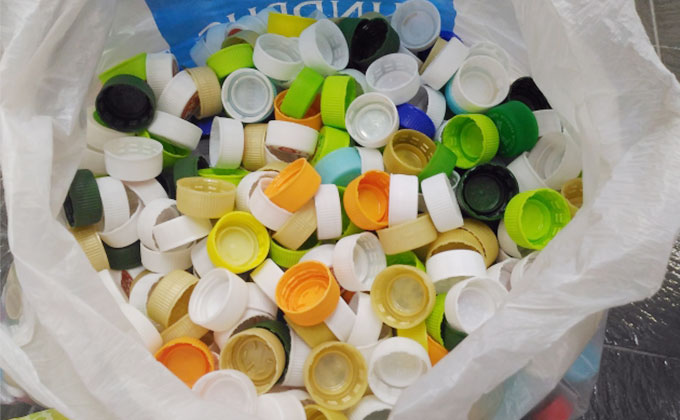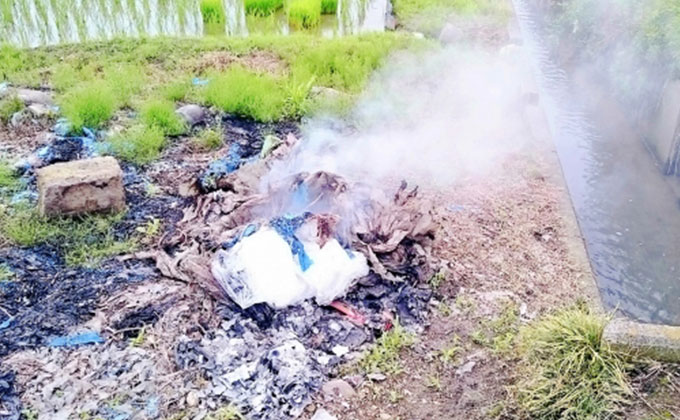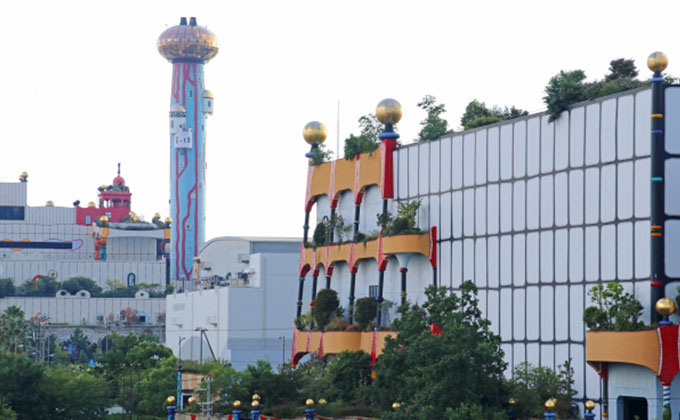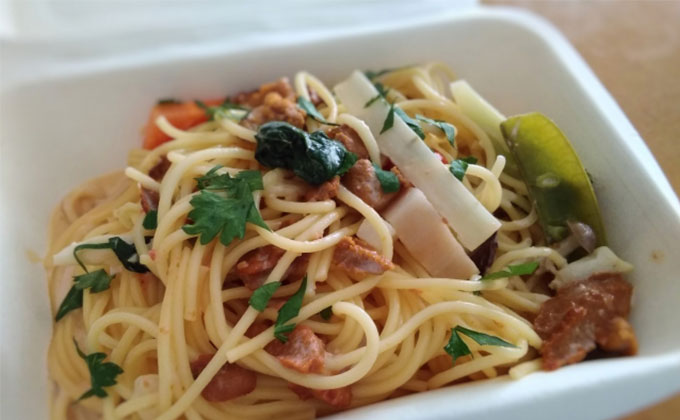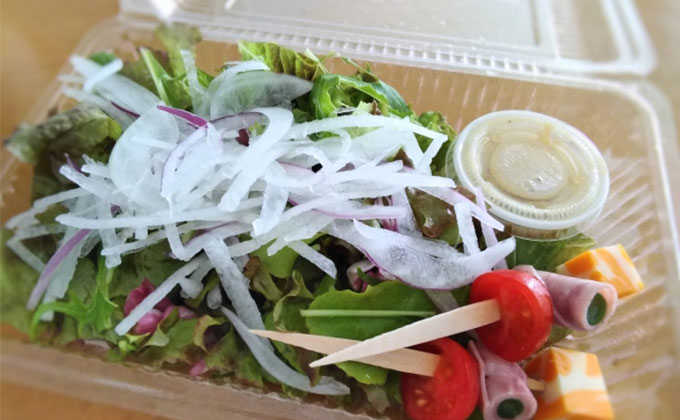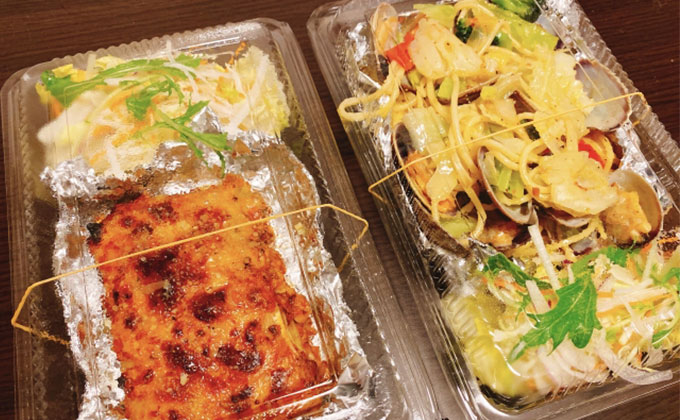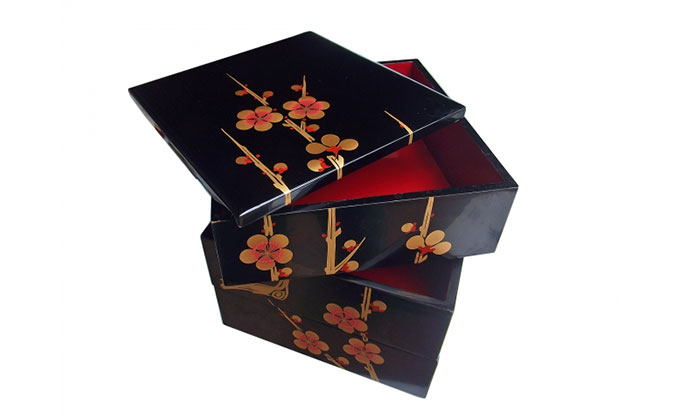TRG Info and Advice
Going Green in Japan
I set my two cans of beer on the counter at the convenience store and pulled out my wallet. After ringing up my purchases, the clerk grabbed a small SUP bag and started to put my beverages in it, but I stopped her. “I don’t need a bag,” I said. She replied, “It’s okay, they are free.”
Now, I get that Japan’s over-the-top service motto mandates that I, as the customer, am somewhat like a god, but I fail to see how this cashier could surmise that my hesitation to receive a thin plastic bag is due to the ¥3 fee. I mean, really, even TikTok has a global conscience! Despite the fact that more and more people are showing concern for the environment these days, a 2018 UNEP report ranked Japan second (behind the USA) in generating plastic packaging waste per capita.
New Year’s Resolution 2020
Environmental issues were a hot topic when I was in school, so I’ve always made an effort to reduce my carbon footprint. In the past few years, though, I’ve gotten lazy. After TIME magazine named Greta Thunberg “Person of the Year” and in support of the Tokyo Olympics Carbon-neutral Games Campaign, I vowed to reduce my family’s SUP consumption significantly in 2020.
My first tangible goal was to stop buying PET bottles. We invested in a soda stream machine for our carbonation needs, and I purchased sturdy, reusable water bottles for everyone. I encouraged the kids to bring along a beverage from home every time we left the house, so that we wouldn’t end up thirsty and tempted by the vending machines that nearly outnumber the residents on our small island.
Of course, this plan was not full-proof. We hosted a few parties where 2 liter bottles of Coke and Ginger Ale adorned the tables and were given bottles of tea or juice as rewards for volunteering to clean up the garbage in the neighborhood (slightly ironic, don’t you think?!). To compensate, these unwelcome plastic containers were used and reused as ice-packs for coolers and supplementary beverages on game days. Eventually, though, they were added to the recycling bin and hauled out to the curb on their designated pick-up day.
Japan claims to recycle 84% of its PET bottles. But the assertion is under scrutiny, especially in light of a 2018 All Japan River Network survey that found 45,000 plastic bottles in the nation’s rivers and streams.
Our town has waste collection service nearly every day: Mondays and Fridays are for combustibles, Tuesdays for “clean” plastic recycling, alternating Wednesdays are for plastic PET bottles or empty cans and glass bottles, the first and third Thursdays of the month are for non-burnable trash, and once every three months your BIG garbage (sofas, printers, bicycles, etc.,) gets picked up. There is also a “clean center” that will, for a small fee, accept truckloads of stuff like old desks, beds, futons and couches, and I take all of our paper and cardboard (including milk cartons that are not from the co-op) to a place that smashes it into tiny cubes that get sent to the mainland. Our kids take plastic bottle caps to contribute to their school’s bottle cap collection, which are then donated to help send vaccinations to developing countries! It is all very neat and organized.
Up in Smoke
Despite all of these options for ridding your house of debris, many of our neighbors are of the “garbage is meant to be burned” generation.
This was probably fine when garbage mostly consisted of materials that could be burned without too many dangerous chemicals being released into the air. Sorting out the Styrofoam from the newspapers, however, is not something that occurs to those who missed out on an environmental education. Even the horrific smell and subsequent headaches go unnoticed, or at least, are thought to be somehow unrelated to the black smoke streaming up and over to my laundry.
I understand the desire to burn stuff. It seems like a quick and easy way to get rid of it. Maybe that’s why, like Sweden, incinerators are one of Japan’s answers to its no-room-for-landfills problem. Waste-to-energy campaigns, where the heat or steam from burning the trash is converted into electricity or heating systems, are often touted as “going green” efforts.
Fancy incinerators designed by famous architects, like Friedensreich Hundertwasser’s Maishima Incineration Plant in Osaka, even attract tourists.
Other towns have gone in other directions. Consider Kamikatsu’s vow to be waste-free by 2020! With 45 different recycling bins, this small village in the mountains of Tokushima Prefecture relies on social pressure to make throwing stuff away so complicated that consumers are rethinking many of their usual purchases. This is a great example of embracing the three Rs in order, by putting “Reduce” strongly first.
Various measures have been taken to redirect plastic production into more environmentally responsible bioplastics. I am confident that the great minds of this country, which consistently takes global prizes for its innovative technology, will come up with a better alternative. Convincing the consumer to put up with a little more mess may be a challenge, though. Cleanliness and aesthetic appeal are huge selling points in Japan and, unfortunately, plastic makes it look so easy.
The Wrench
Then the pandemic hit. Events were cancelled, meaning less trash at giant venues. People on lockdown meant fewer cars on the roads, so the air became cleaner. In order to survive, though, restaurants moved to take-out and delivery menus, which meant an increase in the use of SUP containers and bags!
Even before the spread of coronavirus, my family sometimes liked to get takeout sushi, but I always felt guilty about the giant plastic containers wrapped in a flimsy plastic furoshiki, even though they kept the sushi looking so beautiful. So, I started bringing stackable, family-size bento boxes, called jyu-bako, and a cloth furoshiki. My children sometimes balk at this behavior. It embarrasses them to see me acting like I’m Mottainai Baachan, but her message appeals to me on a primal level!
So, how can Japan’s treasured art of food presentation and a sense of responsibility to the environment be maintained when restaurants have focus on take-out and delivery? According to SavvyTokyo, many restaurants are rising to the challenge to keep all of their dishes insutabae (Instagram-worthy)! The take-out containers for many of them, especially Momoe Gohan and Grand Hyatt Tokyo, look like they could be eco-friendly, too. Thanks to No Plastic Japan’s Mona Neuhass, here is a list of Tokyo eateries that allow you to bring your own containers, bags, utensils, whatever, from home! No Plastic Japan’s mission centers around eliminating plastic straw use and their website offers reusable stainless steel straws in a variety of widths and lengths, plus cotton sacks to carry them in and brushes with which to clean them.
Additional searches show that there are many environmentally responsible options for restauranteurs who want to maintain the aesthetic appeal of their cuisine without harming the earth, but it requires some thought. Knowing your clientele and the options they have for garbage disposal is an important consideration. It may seem like slim pickings, but the number of sites that offer bioplastics that can be composted, paper products, even wooden bento boxes as takeout containers, signals that the supply is steadily rising to meet the demand.
Young people are also getting involved. A schoolgirl in Tokyo has taken on Bourbon and Kameda Seika, two of the largest snack manufacturers in Japan, and challenged them to rethink their excessive packaging. The backlash against this environmentally-driven act has been rather brutal, though, showing that there is still a long way to go! I’m pretty sure I know what she would say about this strawberry that came wrapped in five pieces of plastic.
Check out more with my next article, Organic Farming’s Future in Japan, where I explore the idea that Japan’s need for aesthetic appeal might be holding it back from going gung-ho on organics?
Additional Resources:
- ・Food Packaging Containers by RISU
- ・Nippon Paper Group CSR Communication Brochure Vol. 27 (paper packaging as an alternative to plastics, cans and bottles)
- ・Bento Boxes: The Case for Wooden Take-Out Containers by KAYU PACKAGE
- ・Eco-Friendly Take Out Containers: What’s the Best, Low Cost Option For Your Business by EBP Supply Solutions
- ・Don’t give up on recycling plastics (The Japan Times) There is hope!
Want to know more? Click here for a collection of articles on everything Japanese






